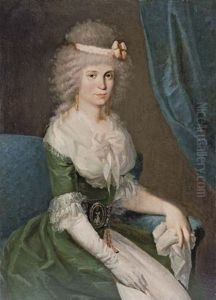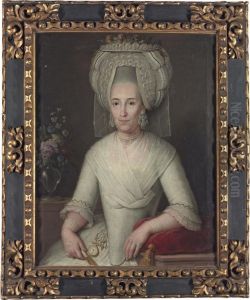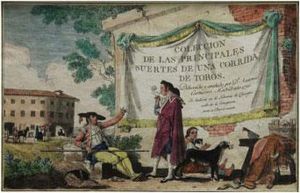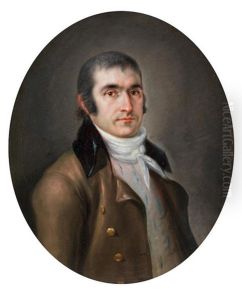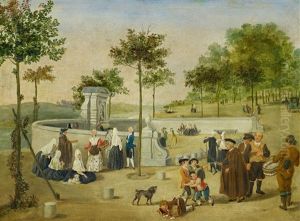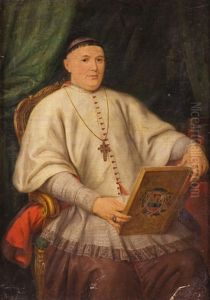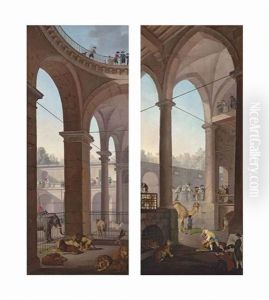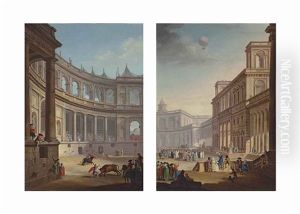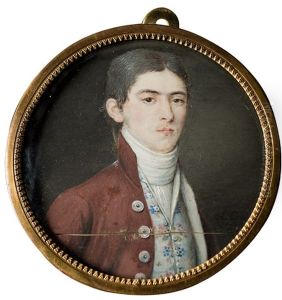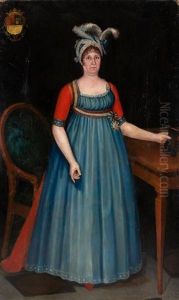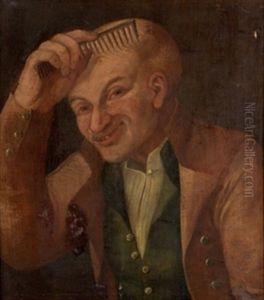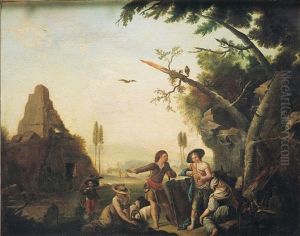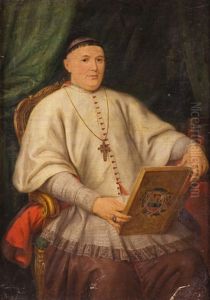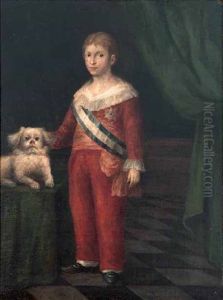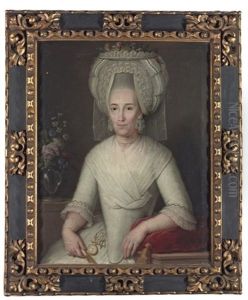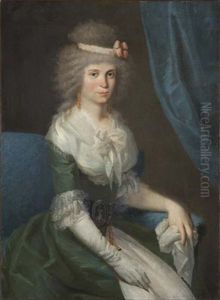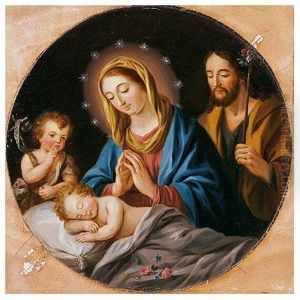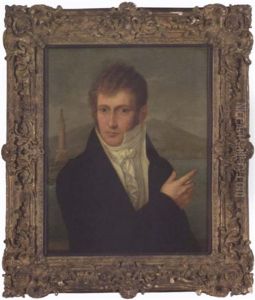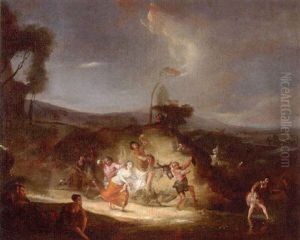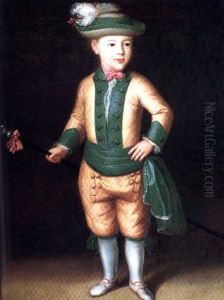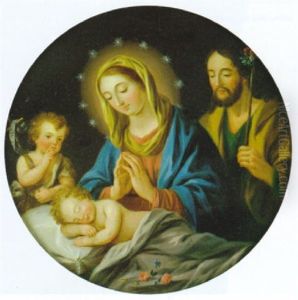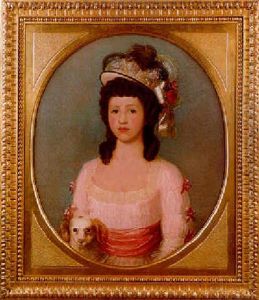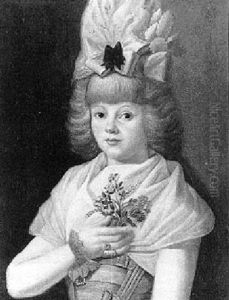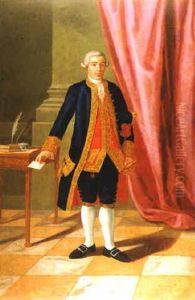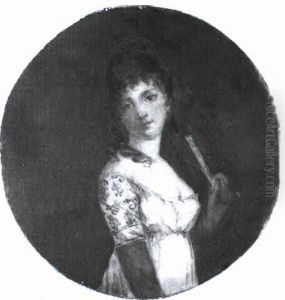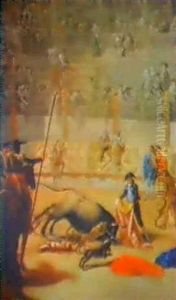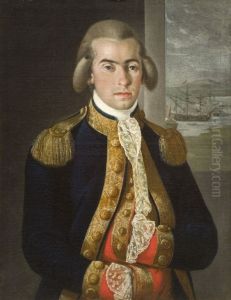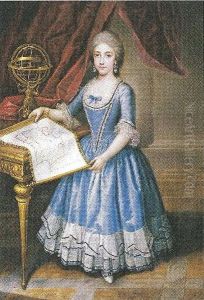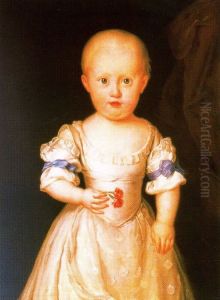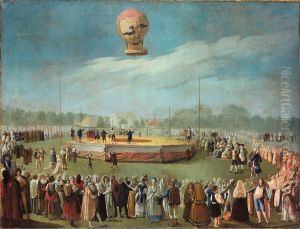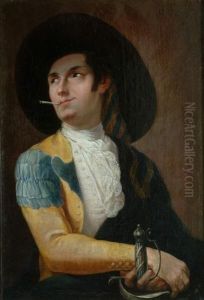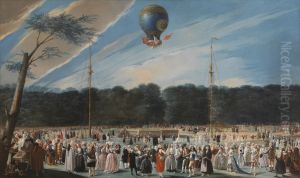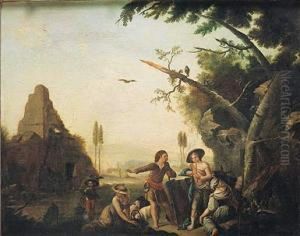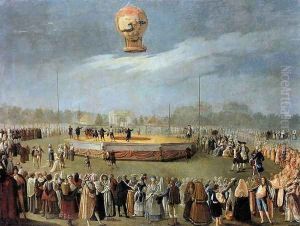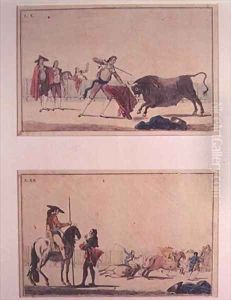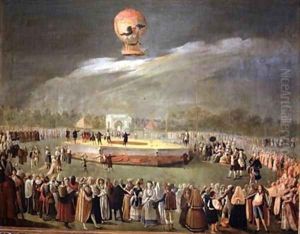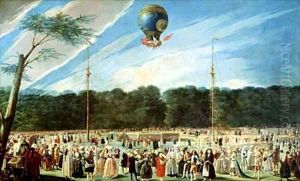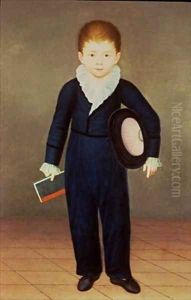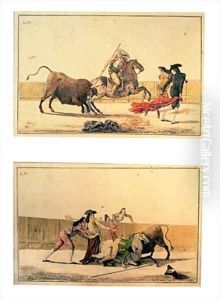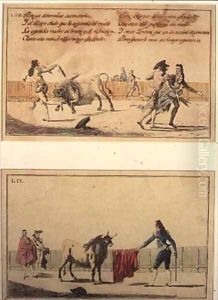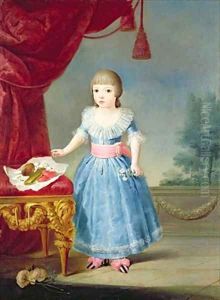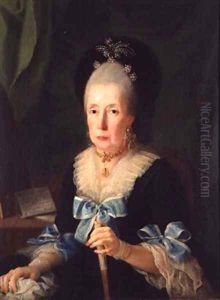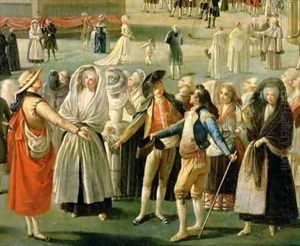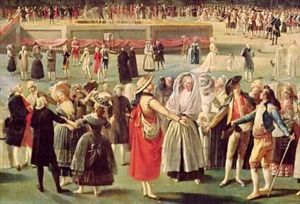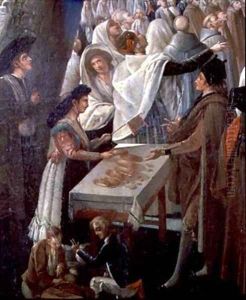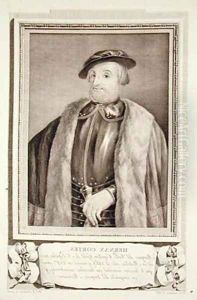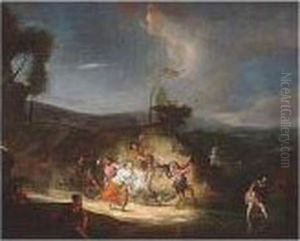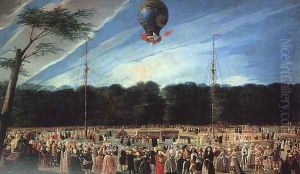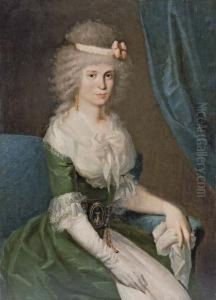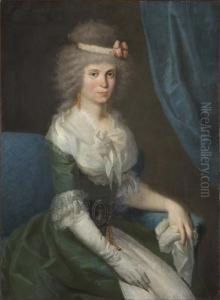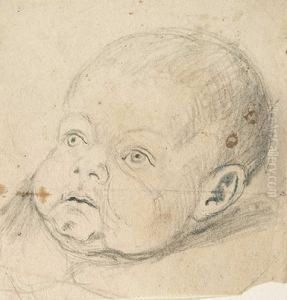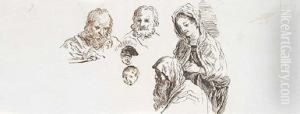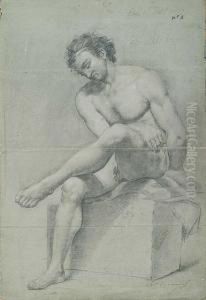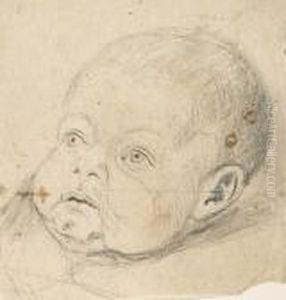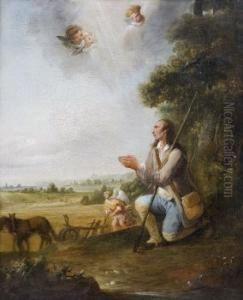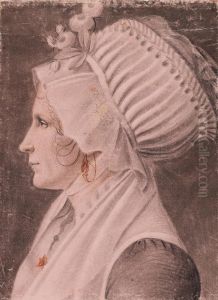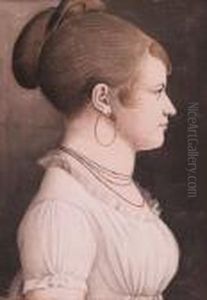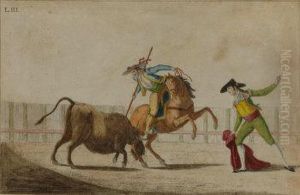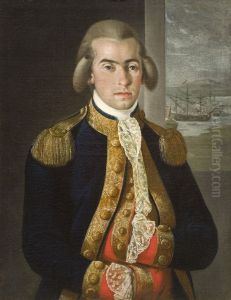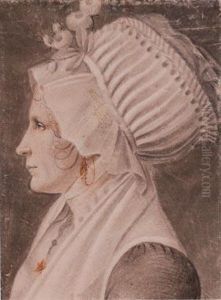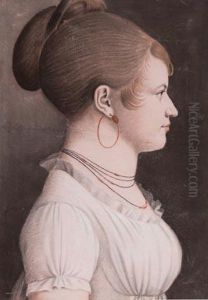Antonio Carnicero Y Mancio Paintings
Antonio Carnicero y Mancio was a prominent Spanish painter and illustrator of the late 18th and early 19th centuries. Born on January 10, 1748, in Salamanca, Spain, Carnicero showed artistic talent from a young age. He was the son of the sculptor Alejandro Carnicero and the brother of Isidro Carnicero, another artist of note. Coming from an artistic family, his path towards the arts was both natural and nurtured.
In his early years, Carnicero trained under his father and later attended the Royal Academy of Fine Arts of San Fernando in Madrid, where he honed his skills in drawing and painting. His talent was recognized early on, and he quickly gained a reputation as a skilled artist. He was particularly noted for his ability in the neoclassical style, which was gaining popularity at the time as a reaction against the earlier Rococo style.
Carnicero worked in a variety of genres, including history painting, portraiture, and genre scenes. He also worked on designs for tapestries at the Royal Tapestry Factory of Santa Bárbara in Madrid, which was a prestigious position that connected him with other influential artists and patrons of his day. His work there included designs for a series of tapestries depicting popular and pastoral scenes, which were well-received for their lively and detailed depictions of everyday life.
In addition to his work at the tapestry factory, Carnicero became known for his association with the Spanish Enlightenment, particularly through his illustrations for the first Spanish edition of Miguel de Cervantes' masterpiece, 'Don Quixote.' These illustrations reflected the Enlightenment's values of reason, clarity, and order, and they contributed significantly to the visual interpretation of the classic novel.
Carnicero's reputation as a leading artist of his time was further solidified when he was appointed a court painter to Charles IV of Spain. In this role, he produced portraits and other works for the royal family, which were notable for their elegance and attention to detail.
Carnicero's work was characterized by its fine draftsmanship and adherence to the neoclassical style, which emphasized harmony, proportion, and the idealization of the human form. His paintings often conveyed a sense of calm rationality and grace, qualities that were highly prized in the art of this period.
Antonio Carnicero y Mancio's contributions to Spanish art were significant, and his works can still be seen in museums and collections today. He passed away on August 21, 1814, in Madrid, leaving behind a legacy that reflected the cultural shifts and intellectual currents of his time.
